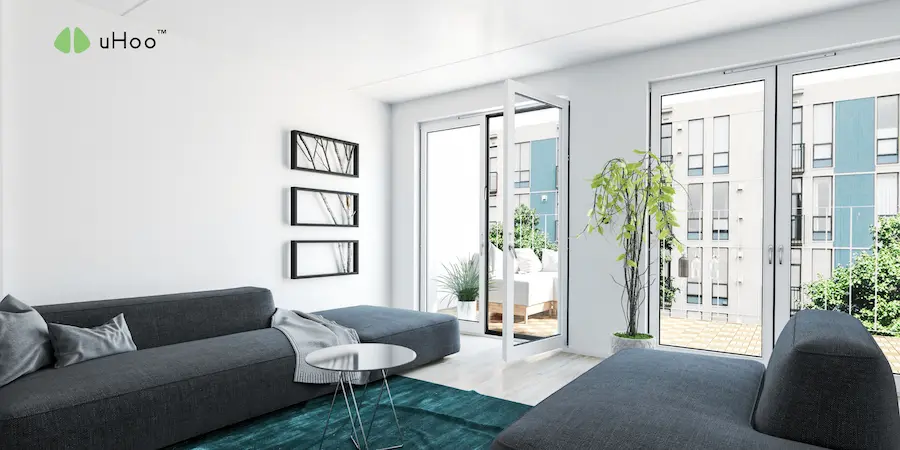That stuffy, heavy feeling in your home? It’s the telltale sign of stale air, a common problem that can impact your health and comfort. Fortunately, there are various ventilation solutions you can implement to breathe easier and create a healthier indoor environment.
Understanding the Problem: Why Stale Air Happens
Modern homes, while energy-efficient, often lack adequate natural ventilation. Tightly sealed windows and doors, combined with everyday activities like cooking, showering, and using cleaning products, can trap pollutants and moisture indoors. This leads to stale air, characterized by:
- High Humidity: Excess moisture can lead to mold growth and respiratory problems.
- Accumulation of Pollutants: Dust, pet dander, VOCs (volatile organic compounds), and other pollutants build up, affecting air quality.
- Reduced Oxygen Levels: Stagnant air can result in lower oxygen levels, leading to fatigue and headaches.
5 Ventilation Solutions to Refresh Your Home
- Natural Ventilation: Open Those Windows!
This is the simplest and most cost-effective solution. Open windows and doors on opposite sides of your home to create cross-ventilation, allowing fresh air to circulate.- Best used during mild weather.
- Consider window screens to keep insects out.
- Exhaust Fans: Targeted Moisture Removal
Install exhaust fans in bathrooms and kitchens to remove moisture and odors at their source.- Ensure fans are properly vented to the outside.
- Run fans during and after showering or cooking.
- Whole-House Ventilation Systems: Continuous Fresh Air
For comprehensive ventilation, consider installing a whole-house system like a Heat Recovery Ventilator (HRV) or Energy Recovery Ventilator (ERV). HRVs and ERVs exchange stale indoor air with fresh outdoor air while recovering heat or energy, minimizing energy loss.- Ideal for tightly sealed homes and climates with extreme temperatures.
- Air Purifiers: Filtering Out Pollutants
While not strictly ventilation, air purifiers with HEPA filters can remove particulate matter, allergens, and some VOCs from the air.- Complementary to ventilation, providing an extra layer of air cleaning.
- Choose a purifier appropriate for the size of your room.
- Invest in an uHoo Air Quality Monitor: Know When to Ventilate
Knowing when to ventilate is just as important as knowing how. An uHoo air quality monitor can be an invaluable tool. uHoo monitors various indoor air quality parameters, including temperature, humidity, VOCs, and particulate matter. By tracking these levels, you can identify when ventilation is needed to address specific issues. For example, a spike in VOCs after cooking or an increase in humidity after a shower will provide a clear indication that it is time to increase ventilation. This removes the guesswork, and allows for informed decisions about your homes ventilation needs.
Tips for Effective Ventilation
- Regularly clean or replace air filters in your HVAC system and air purifiers.
- Maintain proper humidity levels (between 30% and 50%) to prevent mold growth.
- Avoid using harsh chemicals and cleaning products that release high levels of VOCs.
- Consider adding indoor plants, which can help improve air quality.
By implementing these ventilation solutions, you can create a healthier and more comfortable living environment, free from stale air and its associated problems.



